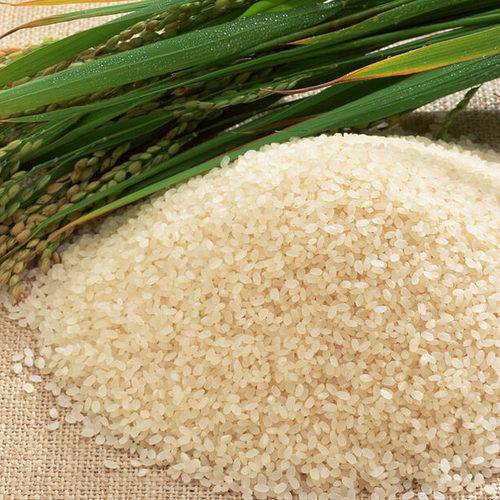
Through market-led demonstrations, the World Bank-financed Assam Agribusiness and Rural Transformation Project (APART) is promoting Premium Quality Rice (PQR), particularly Joha.
This is supported by International Rice Research Institute's Best Management Practices (BMPs) and technical advisory.
The Department of Agriculture and Assam Agricultural University (AAU) are carrying out the demonstrations using a scientific Package of Practices (PoP).
Joha rice is harvested during the Sali/ Kharif season. This includes major Joha cultivars such as Kola Joha, Keteki Joha, Bokul Joha, and Kunkuni Joha.
According to APART, the project distributes seeds, fertiliser, and need-based pesticides to beneficiary farmers through integrated crop management demonstrations and learning centre demonstrations, however only seed is delivered to farmers in mini kits.
The total budget for integrated crop management demonstrations is Rs.6000 (0.3ha), while the budget for learning centre demonstrations is Rs.31000, which includes a harvest day/crop display. The price of seed in the market ranges between Rs.50 and Rs.60 per kg.
It further stated that the seed of premium quality rice varieties distributed to beneficiary farmers in non-chronic flood affected areas is of good quality. Because the seed of traditional rice varieties is not certified, the beneficiary farmer can sell it as seed informally, from one farmer to the next, resulting in horizontal seed dissemination.
About APART
APART would place a special emphasis on value addition in the production and post-harvest segments of selected agricultural commodity value chains; facilitate agribusiness investments through inclusive business models that provide opportunities to small farmers as well as stimulate the establishment of new small and medium agribusiness enterprises; and support the resilience of agriculture production systems in order to better manage the expanding production and the risks associated with the climate change in the targeted regions.
The initiative would use a cluster strategy to produce economies of scale, encourage vertical and horizontal links between local agricultural companies, facilitate innovation diffusion, capitalise on network externalities, and channel public funding for services and infrastructure.
The project would be able to produce competitive and creative goods that match current market demands by using a cluster strategy.
















